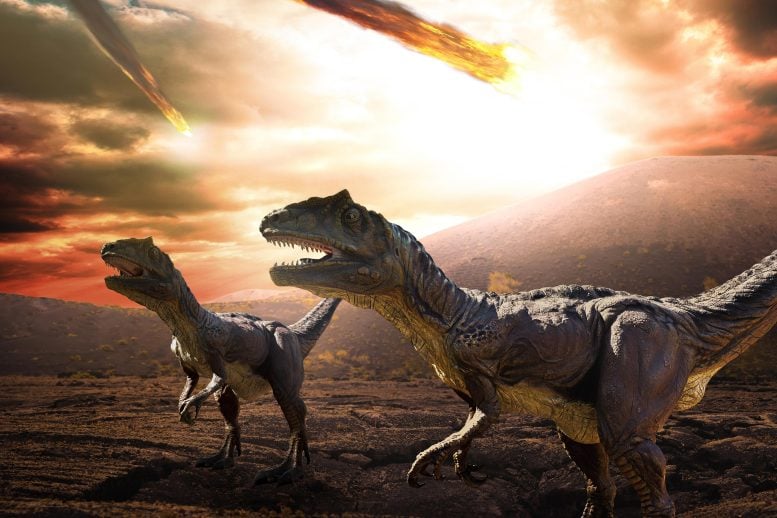
Springtime, the season of new beginnings, ended the 165-million-year reign of dinosaurs and changed the course of evolution on Earth. Credit: Florida Atlantic University/Getty Images
Groundbreaking study confirms time of year when an asteroid wiped out dinosaurs and 75 percent of life on Earth.
A groundbreaking study led by researchers at Florida Atlantic University and an international team of scientists conclusively confirms the time year of the catastrophic Chicxulub asteroid, responsible for the extinction of dinosaurs and 75 percent of life on Earth 66 million years ago. Springtime, the season of new beginnings, ended the 165-million-year reign of dinosaurs and changed the course of evolution on Earth.
Results of the study, published in the journal Scientific Reports, greatly enhance the ability to trace the first stages of damage to life on Earth. FAU’s Robert DePalma, senior author and an adjunct professor in the Department of Geosciences, Charles E. Schmidt College of Science, and a doctoral student at the University of Manchester; and Anton Oleinik, Ph.D., second author and an associate professor, FAU’s Department of Geosciences, contribute to a major scientific advancement in the ability to understand the massive impact that brought an end to the dinosaurs.
“Time of year plays an important role in many biological functions such as reproduction, feeding strategies, host-parasite interactions, seasonal dormancy, and breeding patterns,” said DePalma. “Hence, it is no surprise that the time of year for a global-scale hazard can play a big role in how harshly it impacts life. The seasonal timing of the Chicxulub impact has therefore been a critical question for the story of the end-Cretaceous extinction. Until now, the answer to that question has remained unclear.”
For decades, it has been known that the cataclysmic Chicxulub asteroid impact hit the Yucatan peninsula 66 million years ago. The impact triggered the third-greatest extinction in Earth’s history, dramatically changing global biomes in ways that directly relate to current global ecological crisis. Yet, the finer details of what happened after impact and how those events led to the third-worst mass-extinction in Earth’s history remain very hazy.
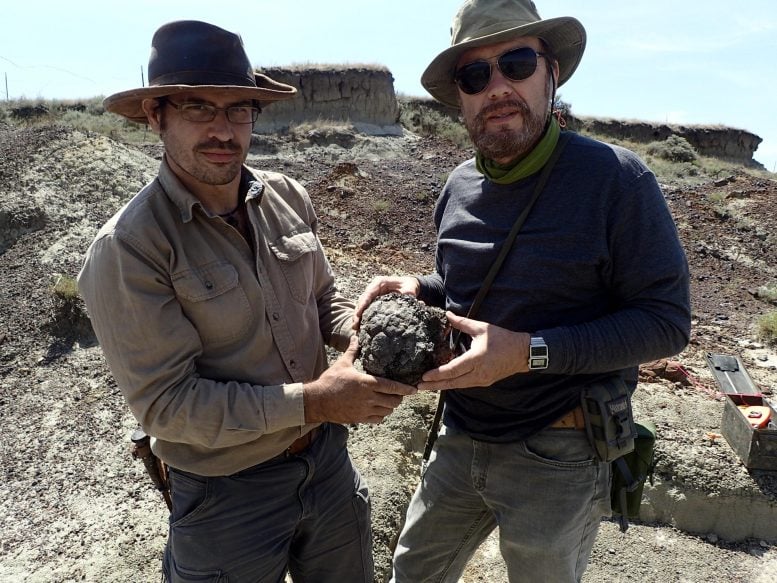
Robert DePalma (left) and Anton Oleinik, Ph.D., at the site in North Dakota. Credit: Florida Atlantic University
The new study was a long-term effort that started in 2014 and applied a combination of traditional and cutting-edge techniques to piece together a trail of clues enabling identification of the season for the Chicxulub impact event. DePalma examined the Tanis research locality in southwestern North Dakota, one of the most highly detailed Cretaceous-Paleogene (KPg) boundary sites in the world, to understand the inner workings of the extinction event. The research provides important new data while building new academic bridges.
“This unique site in North Dakota had yielded a wealth of new and exciting information. Field data collected at the site, after hard work that went into analyzing it, provided us with new incredibly detailed insight of not only what happened at the Cretaceous-Paleogene boundary, but also exactly when it happened,” said Oleinik. “It is nothing short of amazing how multiple lines of independent evidence suggested so clearly what time of the year it was 66 million years ago when the asteroid hit the planet. One of the great things about science is that it allows us to look at seemingly well-known facts and events at different angles and with different precision, therefore advancing our knowledge and understanding of the natural world. It also proves that geology and paleontology is still a science of discovery, even in the 21st Century.”
Using radiometric dating, stratigraphy, fossil pollen, index fossils, and a capping layer of iridium-rich clay, the research team laboriously determined in a previous study led by DePalma in 2019 that the Tanis site dated from precisely the time of the end-Cretaceous Chicxulub impact.
The same study documented that a massive surge of water, triggered by the impact, was the cause for the rapidly deposited drape of sediment that locked the event in time and preserved the only known impact-caused vertebrate mass-death assemblage at the KPg boundary. The densely packed tangle of plants, animals, trees, and asteroid ejecta enabled a unique opportunity to work out the fine details of the KPg event, the biota that succumbed to it, and the environment in which they lived.
“The fossil record is a key to understanding biotic response to global-scale hazards, without which we would be ill-equipped to properly respond or react to modern events,” said DePalma. “This modern utility of the fossil record is highlighted by the fact that we currently appear to be perched at the threshold of another episode of global biotic stress.”
The unique structure and pattern of the growth lines in fossil fish bones from the site, similar to a barcode, showed that all of the examined fish died during the spring-summer growth phase. High-tech isotopic analysis of the growth lines provided independent confirmation of this, showing a yearly oscillation that also terminated during the spring-summer growth.
The team further supported their findings by overlaying multiple additional lines of evidence. Examination of juvenile fossil fish was supported in part by cutting-edge Synchrotron-Rapid-Scanning X-Ray Fluorescence (SRS-XRF) carried out at the Stanford Synchrotron Radiation Lightsource (SSRL), providing a novel way of seasonally dating the deposit.
Comparing the sizes of the youngest fish to modern growth rates enabled the team to predict how long after hatching the fish were buried. Comparing this to known modern spawning seasons enabled them to deduce what seasonal range was represented by the deposit at Tanis – spring to summer, just as indicated by the bones.
“The beauty of any great discovery such as this is that it is a chance to give back to the scientific community, and to the world,” said DePalma. “It not only answers important questions, but also sparks new minds to reach forward and achieve.”
Research at the site is far from complete, and additional upcoming projects hope to uncover more details about this interesting and significant slice of time. Multiple researchers from other institutions, who are not part of the main study, have examined the site in addition to the primary research team, and there is no indication that this rich collaborative process will end anytime soon.
Reference: “Seasonal calibration of the end-cretaceous Chicxulub impact event” by Robert A. DePalma, Anton A. Oleinik, Loren P. Gurche, David A. Burnham, Jeremy J. Klingler, Curtis J. McKinney, Frederick P. Cichocki, Peter L. Larson, Victoria M. Egerton, Roy A. Wogelius, Nicholas P. Edwards, Uwe Bergmann and Phillip L. Manning, 8 December 2021, Scientific Reports.
DOI: 10.1038/s41598-021-03232-9


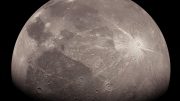
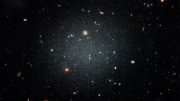
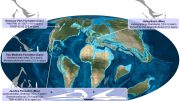
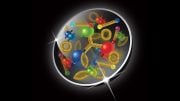

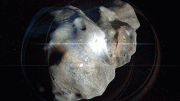

Be the first to comment on "Dinosaurs’ Last Spring: Groundbreaking Study Pinpoints Timing of Chicxulub Asteroid Impact"